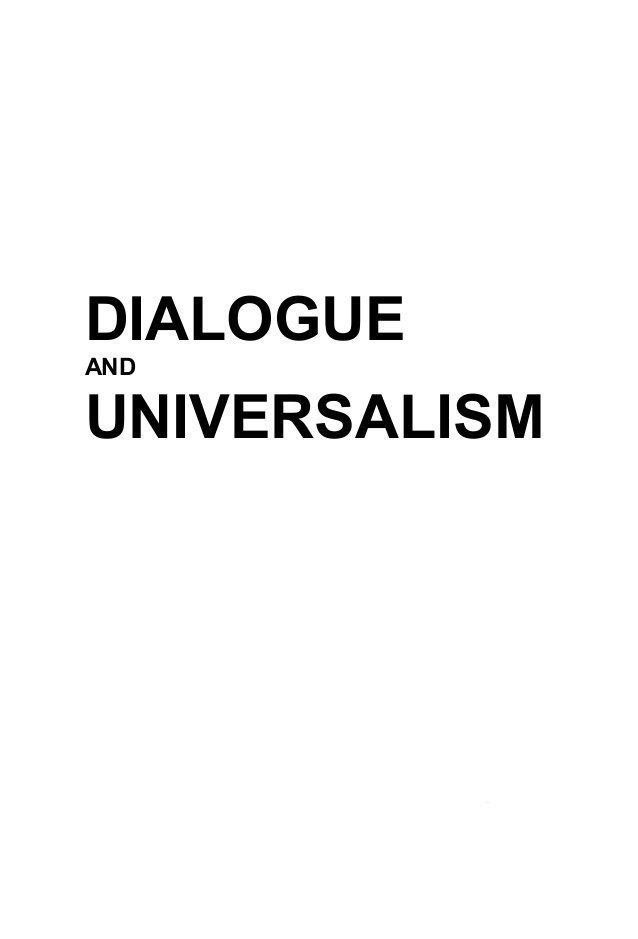LOGOS OR IMAGO?
LOGOS OR IMAGO?
Author(s): Alicja KuczyńskaSubject(s): History of Philosophy, Philosophical Traditions, Special Branches of Philosophy
Published by: Instytut Filozofii i Socjologii Polskiej Akademii Nauk i Fundacja Filozofia na Rzecz Dialogu
Keywords: Renaissance; Neoplatonism; linguistic-pictorial osmosis; logos; imago
Summary/Abstract: In the Renaissance there was a kind of linguistic-pictorial osmosis, in which mythological configurations derived from antique literature, the poetic metaphoric of Neoplatonism, semi-fantastic and semi-realistic visions and a visible penchant for decorative rhetoric intertwined with elements of rational thought, the cult of nature, traditional reference to higher authority and practical as well as theoretical acceptance of pictorial symbolic. This language was employed to explore philosophical, ethical, and even natural categories related to issues like the beginnings of the world and nature, death, transience, vanity (vanitas), temperance, virtue (virtu), harmony, vita activa and contemplativa—categories in which the people of the era strove to describe youth, maturity, old age and death. In this specific language writing about a truth, idea or moral principle primarily involved presenting it as a picture, a concrete, sensually embraceable form, thing or person. Thus, if it was necessary, logos followed imago, which was genetically precedent and most important in the cognitive sense.
Journal: Dialogue and Universalism
- Issue Year: 2018
- Issue No: 1
- Page Range: 89-102
- Page Count: 14
- Language: English
- Content File-PDF

